With a cherubic little one leaving his or her mark on every surface of your small home, it can be hard to find a spot that’ll suffuse diaper duty with cozy and cheerful vibes. The diaper changing station is the one part of a mini nursery that’s all about cool, curated design. With top baby joy tips and a few organizational tweaks, even the tiniest corner can become an awesome place for a diaper change. This article is filled with ideas for the sensational parent dealing with small nursery organization in a simple and pragmatic baby changing station without losing out on practical use!
Small Space Diaper Station Essentials
Multi-Purpose Furniture Solutions
Hands out of the cookie jar When square footage is scarce, all furnishings must pull double or triple duty :
- Folding wall-mounted changing tables (drop down when needed, put away when not).
- Changer with we designed to be a table for a space so always a changing table, then not anymore!
- Space-savvy, over-crib changing tables
- Wheeled carts that can be transferred from room to room as needed
Vertical Storage Maximization
While staging your mini diaper station, remember to look UP :
- Install floating shelves above the space where you will be changing your baby to store frequently-used items within arms reach.
- Hang up multi-pocket organizers on a wall or next to furniture INGREDIENTS.
- Consider putting tension rods in the closet, and hang a few organizers and store you supplies there
- Baskets can hang to each side of the changing table or can be used separately wall mounted by themselves
Minimalist Diaper Organization Systems
Streamlined Supply Management
And the trick to a genuinely minimalist diaper-changing station is good organization :
- Put like with like – diaper in one bin, cream in another
- Pantry space saver same size, 85 cup containers provides ample food storage space.
- Adhere to a rule of one in and one out to keep unwanted stuff from accumulating.
- Reduce mess by keeping only a week to two weeks worth of products in your changing station
Space-Saving Container Solutions
The key to organizing a small nursery are the right containers :
- Stack able, front-load bins with ridge top design for nesting bin has an area for label storage on the top these bins can be easily stacked and removed from the louvered rails (sold separately).
- (Beginner) When assembled, they help organize separate your drawer into sections which is a great way to organize things like: clothes, socks, underwear, bra, lingerie and make up etc.
- Add magnetic containers to a metal surface to de clutter your desk full of all those reusable Container Store magnetic containers
- Under shelf baskets simply slide onto a 3/4-inch shelf to let you have more space in your storage areas while keeping your materials neatly organized and ventilated.

Creative Diaper Changing Rule in Small Space
Unexpected Locations That Work
Because when Nursery Space Is Tight, Think Beyond the Nursery :
- Changing tables in bathrooms, using waterproof mats on top of closed toilet seats
- Hallway corner transforming into a nook with slim built-in wall changing table.
- Closet Conversions -Door off and changing pad added
- Beneath window stations on space commonly disregarded under windows
DIY Space-Saving Solutions
Few this type of baby happiness suggestions are easy and fun do it by yourself hints :
- Keep Diaper Supplies In A Hanging Shoe Organizer.
- Cut a hole in a drawer to make use of as a pull out changing table
- Opt for pegboard walls and hang the hooks yourself
- Turn An Old Wall Cabinet Into A Fold-Down Changing Table wall cabinet into fold-down changing table with safety straps.
Stay in Sync with Sleek and Simple Design
Nighttime Changing Station Essentials
And certainly, for recent parents, one of the big problems is managing to change one’s child without waking them up :
- Centralized Nighttime Station Keep all your nighttime essentials in one place so tired parents don’t have to root around for them.keep sleepy parents from having to scrounge.
- Have a small low light source, not super bright ceiling light
- Pack items in silent containers (crinkling the bag has peed ours off so far.)
- Place a subtle white noise machine near your bed to muffle the fluctuating sounds.
Soothing Techniques for Post-Change Sleep
If he stares at you or you engage with him, drag this out until you get the contentedness on his face and eyes shut phase but be tight lipped during this from all other thoughts (see what they say about counting sheep, well it’s like that but he’s waiting for the guaranteed not to fail number of these contact fields having given him a rest).
- Rock him while he stands on the diaper changing table
- Gentle shushing sounds akin to womb sounds
- One-handed swaddling maneuvers
- Reduced-stimulation methods for keeping baby in sleep mode
Conclusion : Small Space, Smart Solutions
You don’t need to revamp an entire nursery or invest in pricey specialty furniture to assemble a functional diaper changing station in tight spaces. Use these little nursery organization tips and ideas to elevate the size-challenged minimalist diaper station and make it work in your space. Just remember, the best baby joy tips are often a result of a little creative thinking and a focus on function over form. And as your baby continues to grow and your needs change, don’t hesitate to reevaluate and reconfigure your space to fit the evolving routines.
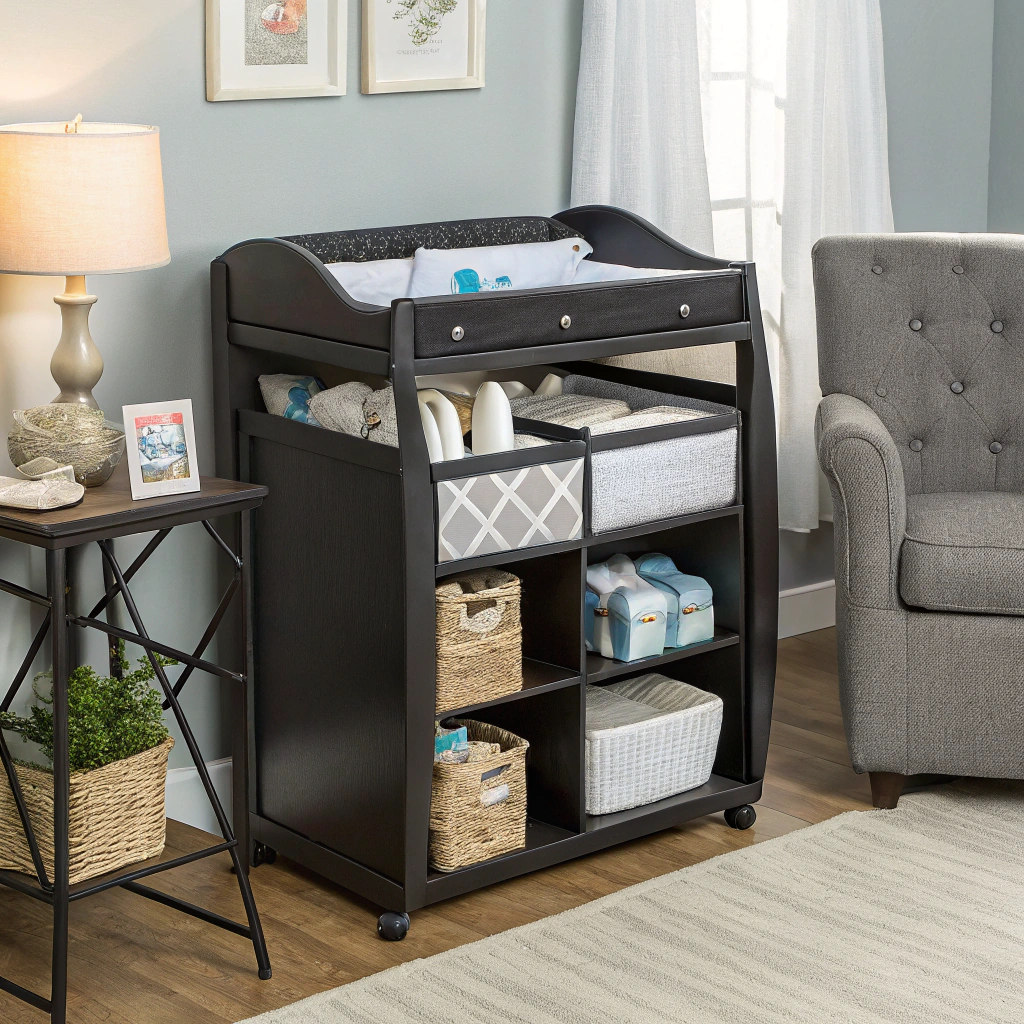
Frequently Asked Questions
How much space do I actually need for a minimal diaper changing station?
A simple diaper station could fit into a 24” width space if it is organized correctly. You need a safe area to change baby and a place to keep essential supplies close at hand; everything else is negotiable.
What is the bare minimum you need for a tiny space diaper station?
The basics are a sturdy changing pad with safety strap, waterproof cover, diapers, wipes, diaper cream, hand sanitizer and a small covered trash bin. Everything else is a convenience, not a necessity.
How do you make a changing area for changing baby, when you have no floor space whatsoever?
Wall-mounted or over-the-door options are also great when there’s no floor space. Give yourself a non-messy, fold-down wall-mounted changing table or door-hanging organizer complete with a secure changing pad on top.
How do I keep diapers organized in a small space?
Keep the majority of your diaper stash in another location and only have 10-12 diapers in your changing area. Opt for vertical storage options such as wall pockets or hanging organizers over horizontal storage that hogs up tabletop real estate.
What is the best way to minimize sleep disruptions caused by nighttime diaper changes?
Set up a dark room to keep distractions at a minimum. Dim the lights with a low nightlight — overhead lights will be too stimulating for your baby’s already overwrought system — and keep moving or noises to a minimum, so you don’t awaken your baby (or stimulate her into even more wakefulness).
Are there pieces of furniture that are particularly good for a small nursery?
Opt for furniture with integrated storage, like dressers that are able to fit changing pads on top, or cribs with drawer storage below. Having pieces on wheels provides the freedom to work in small spaces.
How do I keep my baby from rolling off a makeshift changing area?
And always use a changing pad with raised sides and a safety strap, never leave your baby unattended even for a second, and position the changing center against a wall if you can for extra stability.
How can one not let a room smell of soiled nappies in a small space?
Opt for an enclosed diaper pail with odor control, empty dirty diapers often, or invest in a small air purifier to sit in close proximity to baby’s changing area and a box of baking soda or activated charcoal odor absorbers nearby.
How to organize diapering supplies for a newborn versus older baby?
Newborns need more frequent changes and some special supplies, such as umbilical cord care products. With bigger babies, you may need to make fewer changes, but tend to them more as they poop and grow bigger diapers. Adjust your storage accordingly.
How can I put a diaper station in a shared bedroom?
Select furniture with doors or curtains that can cover the changing top when not in use. A dresser with a foldaway changing pad or a wall-mounted cabinet that closes can help keep the room looking adult.
How do I create a diapering station that will make my baby’s cloth diapering experience a bubble of ease, rather than an overwhelming chore?
Opt for storage and components that are modular and adjustable. Avoid permanent installations that cater to diapering and opt for furniture that can also meet other needs, such as a dresser that can be used long after the diapering days are over.
How to make a newborn sleep schedule with diaper changes?
Get a consistent sequence going on when you change her diaper — maybe the diaper change happens, then the feed, then the nap. Consistency helps babies learn what to expect and can prevent the sleep routine from being thrown off course by frequent diaper changes.
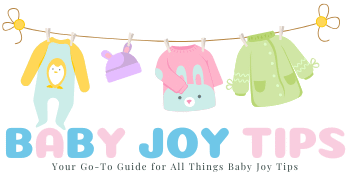



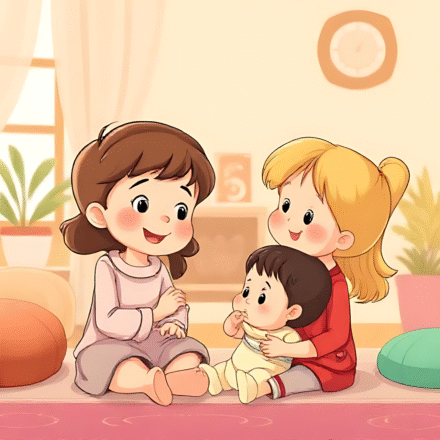
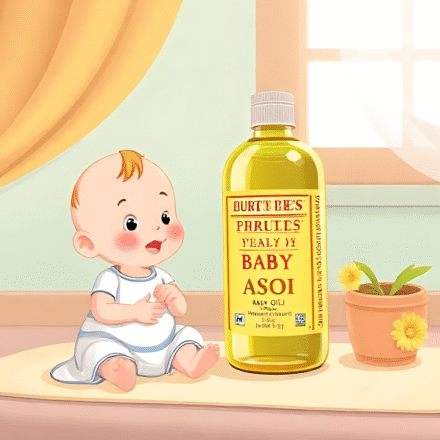
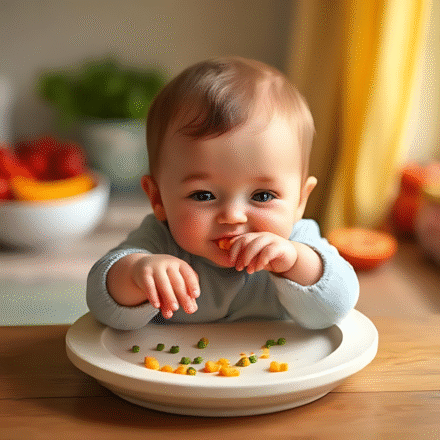
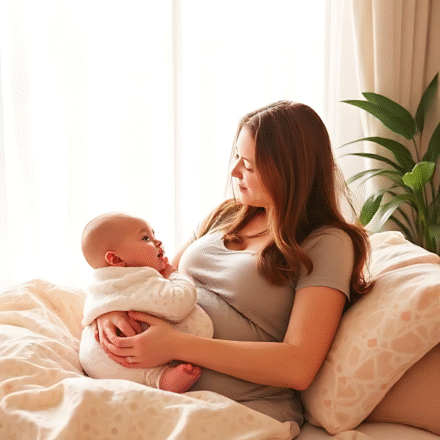
Leave a Comment